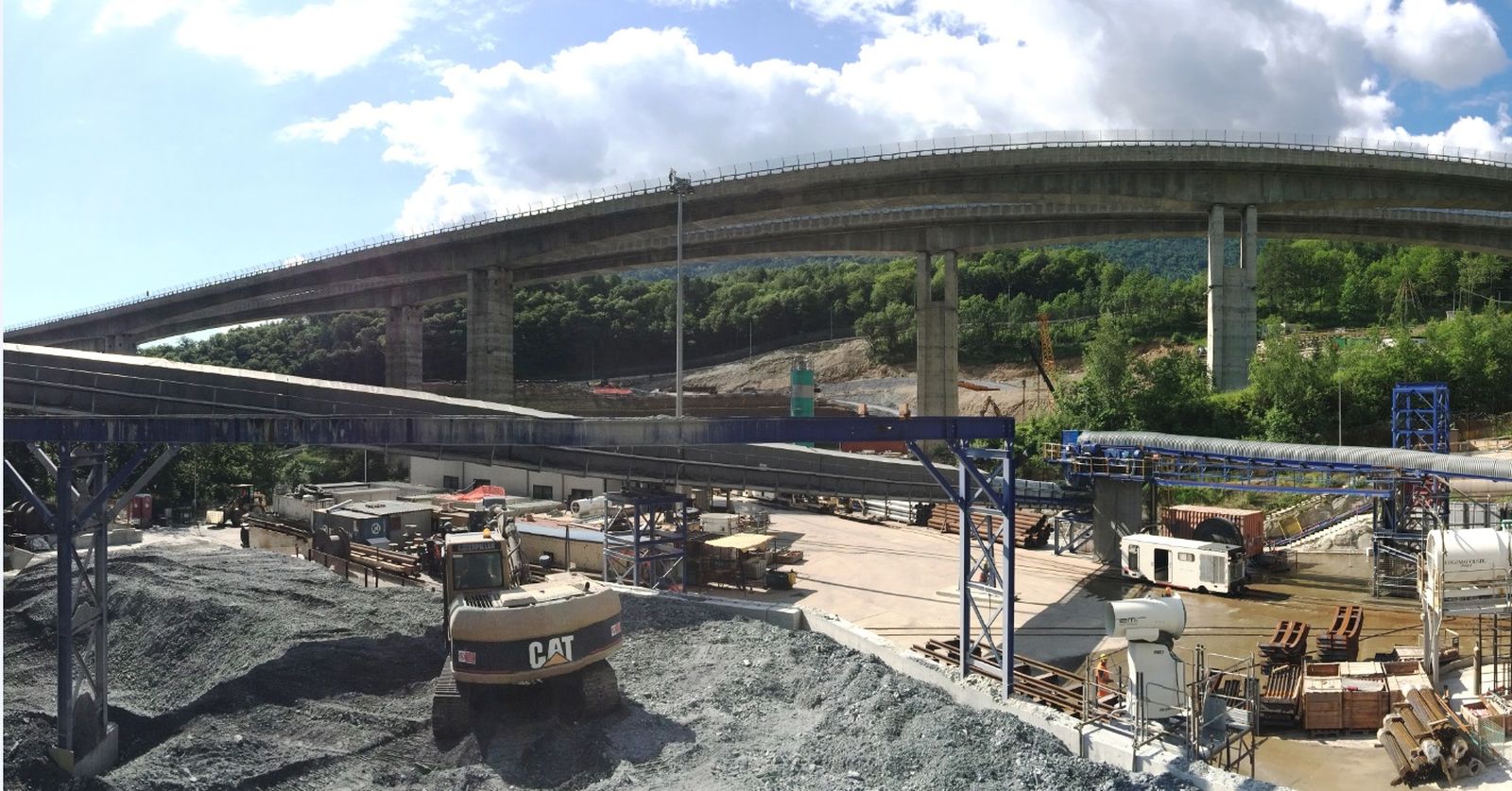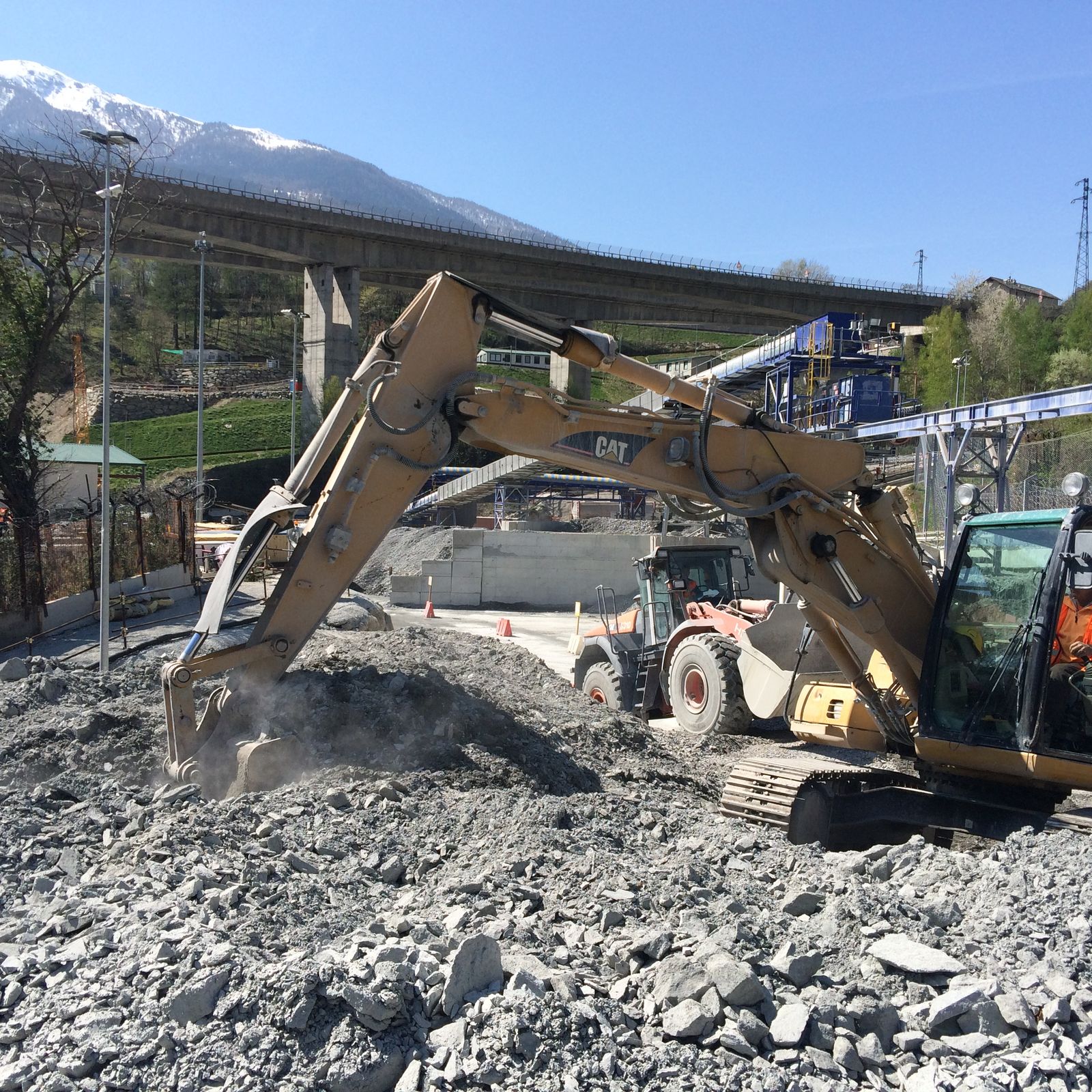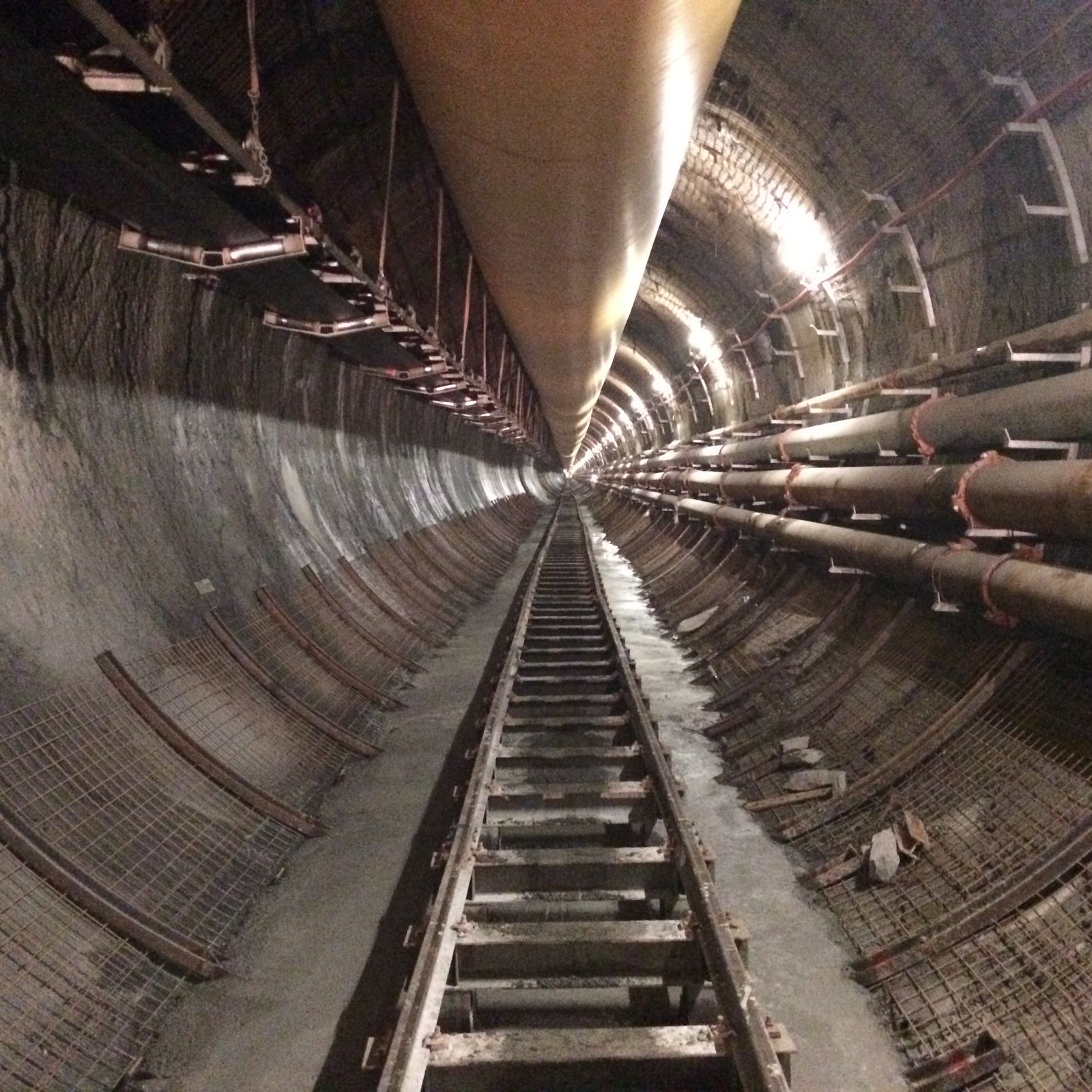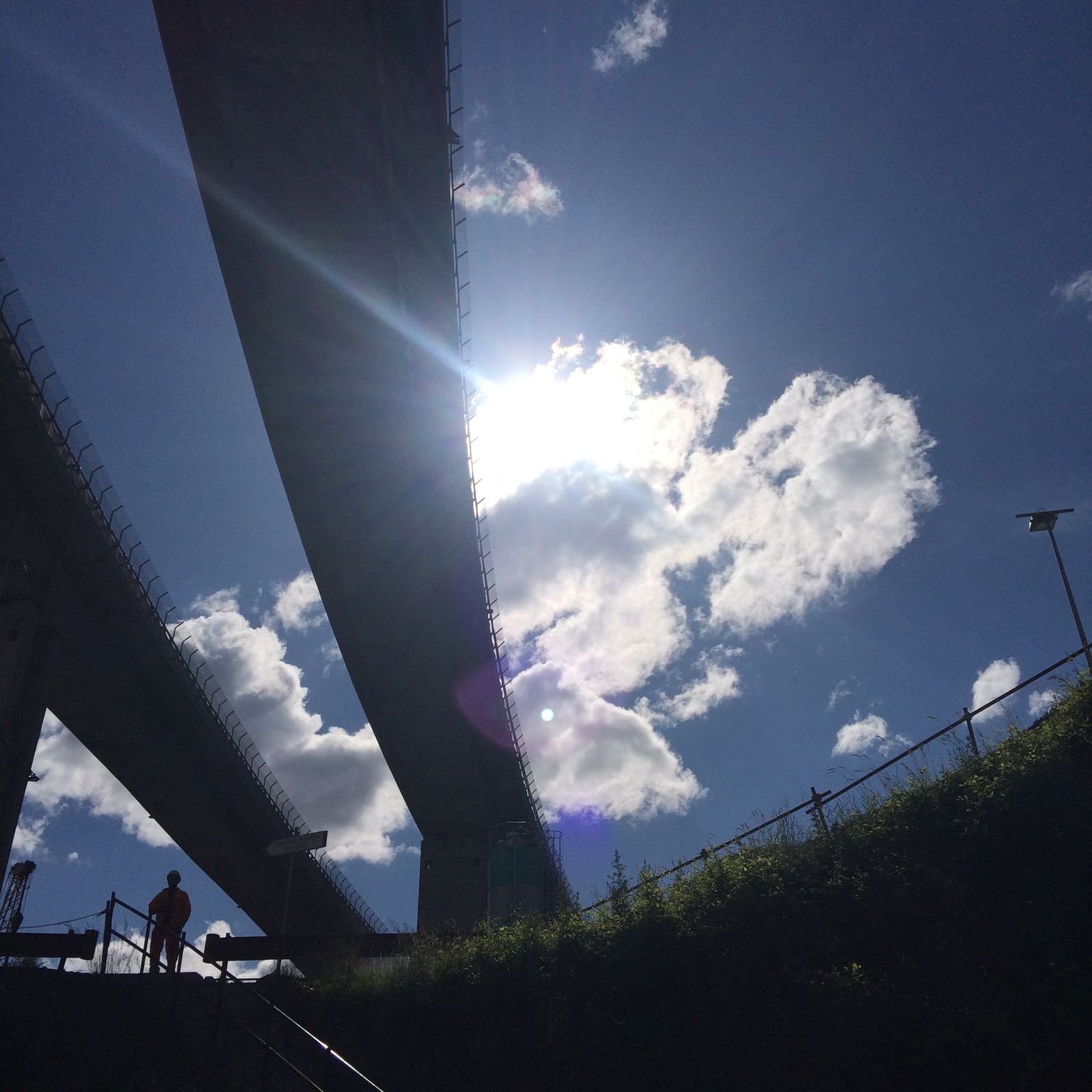PROJECT DESCRIPTION
“La Maddalena” exploratory tunnel is located at the bottom of Clarea valley and represents the fourth part of the works that will constitute the upcoming tunnel of the new HS railway line between Turin and Lyon, along with the already completed Maurienne Valley (France) tunnels. It will have a total length of 7.541 m and a diameter of 6.30 m for a sum of approximately 275,000 cubic meters of extracted material. Two types of excavation techniques are implemented, depending on the different nature of the terrains traversed by the tunnel: the traditional method is used for the first stretch consisting of mixed soil and, for the second, consisting of homogeneous rock, mechanized boring technique was chosen. Regarding the mechanized excavation, an “open” TBM (Tunnel Boring Machine) with grippers is necessary, assisted by probing systems able to optimize the work advancement.
The ongoing monitoring activities involve the whole set of environmental components, including the systematic control of materials from the surveys conducted before and during tunnel excavation. In addition, periodic analyses concerning tunnel infiltration and exfiltration waters are carried out along with on-site constant monitoring of air quality and acoustic climate and controls regarding asbestos, ionizing radiations and vibration presence.
An acoustic analysis of the noise induced by Phase 1 (Traditional Excavation) and Phase 2 (TBM Excavation) activities was conducted according to legislation provisions (Law no. 447 of October 26th, 1995). The study was performed through three-dimensional modeling generated by a specific simulation software, carefully tuned with the noise detected at the control units present in the construction site.
The results on sensitive receptors are compared with the thresholds identified in the Site Environmental Management Plan (EMP).
As suggested by the aforementioned EMP, it should be pointed out that the thresholds are based on the noise levels recorded by the receptors, while the constant acoustic emission monitoring refers to the Noise Monitoring Station (RUM-CF) inside the site. Therefore the station measurements define a system calibration and an environmental condition reference.
PROJECT CHARACTERISTICS
“La Maddalena” exploratory tunnel construction, also thanks to its high media exposure, required a careful study of the potential impacts generated by the site activities and an accurate monitoring planning.
The monitoring modalities, the threshold limits and the procedures to be applied in case the same thresholds should be exceeded were entirely agreed with the Supervisory Authorities through numerous site visits and technical meetings.
The potential risk due the possible presence of hazardous materials, such as asbestos or radioactive materials, also demanded the definition of detailed protocols for the management of emergency situations and the drafting of procedures involving each critical component.
Inspection activities are carried out in close collaboration with the site technical direction and supervision team through regular meetings in order to analyze the acquired data and assess any mitigation action if needed.



